The previous post ended as Pat and I sent Jim and Sharon on their unexpectedly adventurous return to their hotel. The two of us, on the other hand, had more adventures planned and thus, expected, beginning with completing our walk to the Mirabeau Bridge.
Pont Mirabeau – on se retrouve (Mirabeau Bridge – We meet again).
So, who was this Mirabeau guy and why does he have a bridge named for him? As it turns out, Honoré Gabriel Riqueti, Count of Mirabeau often simply called Mirabeau is an interesting, somewhat controversial, and contradictory figure. Despite being part of the nobility, Mirabeau was so esteemed as a hero of the Revolution that on his death in 1791 he was interred in the Panthéon.
His initial revolutionary bona fides seem to have sprung from a book he wrote about the Prussian court that portrayed those particular royals in a derogatory manner. He pulled no punches calling King Frederick the Great weak and overly emotional, and calling Frederick’s brother, Prince Henry, narrow-minded and incompetent.
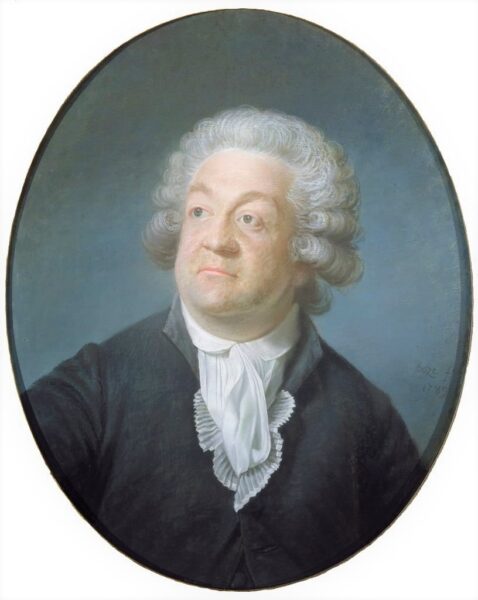
[Portrait of Mirabeau by Joseph Boze – Wikipedia – Public Domain.]
Mirabeau is said to have been a powerful orator who attempted to use his persuasive powers to find a middle ground between the radicals and the royalists by advocating for some form of constitutional monarchy. Perhaps because of his reputation and not being a staunch royalist, he played a prominent part in drafting the Declaration of the Rights of the Man and of the Citizen – the core statement of the values of the French Revolution. He professed staunch opposition to Robespierre possibly sensing the radical fanaticism in the lawyer’s rhetoric and machinations that eventually led to the Reign of Terror.
But a different side of Mirabeau emerged at the 1792 trial of Louis XVI. The Republic produced a number of letters showing that he had not only acted as an intermediary between the monarchy and revolutionaries but that he had also been a close associate of Marie Antoinette (who was Austrian by birth). Even worse, sometime earlier he’d taken money from the Austrians through Louis XIV for acting as an agent to meetings between all these parties. The people were so affronted by this that they removed his body from the PanthĂ©on and reburied him in an unmarked grave in a cemetery in the Parisian suburb of Clamart.
So, was Mirabeau a revolutionary leader with the foresight to see the impending Terror and sought to save the nation from it? Or was he a person of questionable moral values and as Robespierre called him, “an intriguer and political charlatan” or even a traitor being paid by an enemy of France? Perhaps he was simply a savvy politician able to ingratiate himself with different classes and parties. Whatever the truth, when a new Parisian bridge across the Seine was constructed between 1893 and 1896 his reputation had been sufficiently restored that officials were content naming it in his honor.
As for the bridge itself,
it’s built on two piles with three arches. The center arch (seen above) is 93 meters long and the two symmetrical lateral arches stretching from the piles to the banks are 32 meters each. Laden with symbolism, it was, at the time of its construction, the longest and highest of the Seine bridges in Paris. It was designated as a historical monument in 1975.
Where is this symbolisim of which I write? Let’s start with the piles. Adorned by sculptures representing boats, the pile closer to the Rive Droite is emblematic of the the river flowing downstream and the pile closer to the Rive Gauche exemplifies the upstream flow. (Not only can you see the prow or stern of the boats in each of the four sculptures by Jean Antoine Injalbert but the position of the statues provides a visual reminder of why the Parisians designated the banks as they did.)
Pat and I approached from the Left Bank so the first statue we saw was this one
representing Abundance. Note that she’s sitting on the prow of the boat and facing the river in the direction of the upstream flow. Across the river is the statue representing Commerce. She’s sitting in the stern of her boat and facing the bridge and downstream current.
Thus, the boat closest to the Right Bank follows the downstream flow. The other two statues represent the City of Paris (Rive Droite prow) and Navigation (Rive Gauche stern).
Once on the bridge, one can look upstream toward the Pont de Grenelle and see this.
(The Statue of Liberty in the photo is a one-quarter size replica of the gift from France to the United States that occupies Liberty Island in New York harbor. The Île aux Cygnes [Swan Island], on which the replica sits is an 850 meter long artificial island built to separate river traffic from the port of Grenelle.
The American community gave the smaller statue to France in 1889 just three years after receiving its larger American counterpart. Its purpose was the commemoration of the centennial of the French Revolution with a gesture intended to reaffirm the dedication of the two nations to the ideals on which they were founded.
Of course, the statue’s inauguration took place on July 4 the date associated with the American Revolution rather than on July 14 – the day the French celebrate their Revolution -and the statue itself was something of a re-gift since it was originally one of the working models for the final statue. Then again, it’s the thought that counts.)
And, of course, on the bridge we had the opportunity to spend a few moments contemplating Jie’s composition and Apollinaire’s poem.
Transit scofflaws again.
Long time readers with prodigious memories will recall that on the last day Pat and I spent in Budapest, we’d worn ourselves out walking to and around Margaret Island and, feeling too tired to walk back to our hotel, jumped on a streetcar. We had no transit ticket and insufficient funds to pay for one had we faced a conductor. Taking our chances, we completed that ride without paying for it or being arrested. Although we weren’t quite as tired on this day as we’d been on that, on our walks through Montmartre, around the Trocadero, and to the Mirabeau Bridge, we’d probably traipsed between six and eight kilometers by this point in the early afternoon.
We intended to complete the Monet circle begun at Giverny and visit the MusĂ©e de l’Orangerie (hereafter simply Orangerie) which features eight of the large paintings in the NymphĂ©as (Water Lilies) cycle displayed in rooms shaped and lit specifically for them. However, when we reached the Pont de Grenelle and the Google Maps app on my phone indicated the Orangerie was still nearly four kilometers distant we decided to take the bus.
The situation this time was a bit different from the one in Budapest. We’d purchased a book of tickets to use on the MĂ©tro and we knew those tickets could be used for the buses as well so we had tickets if needed. What we lacked, after boarding through the middle entrance onto a bus so crowded that continuing passengers had to hop on and off to allow departing passengers to exit, was the ability to get to the front to have our tickets scanned. No one seemed to care and since we weren’t alone in riding this way we simply bounded off at the Place de la Concorde without making payment, and went on our merry way.
Note: In keeping with my 2022-2023 reformation of the blog into shorter entries, backdated to maintain their sequence, any comments on this post might pertain to its new configuration. See the full explanation in the post Conventions and Conversions.
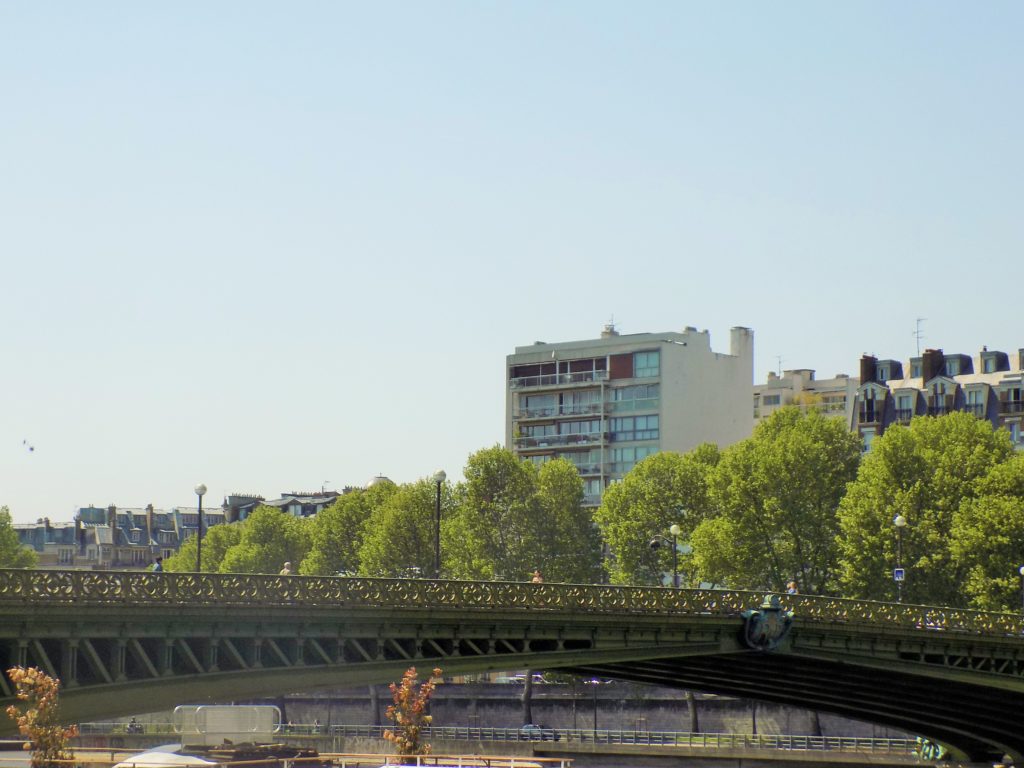
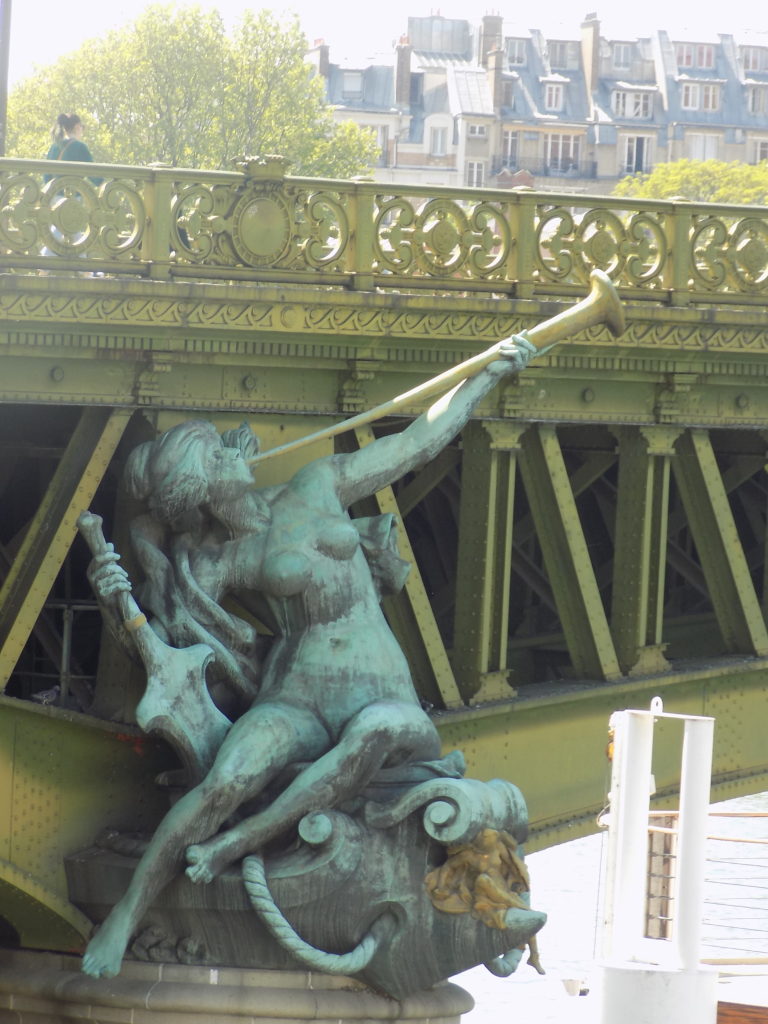
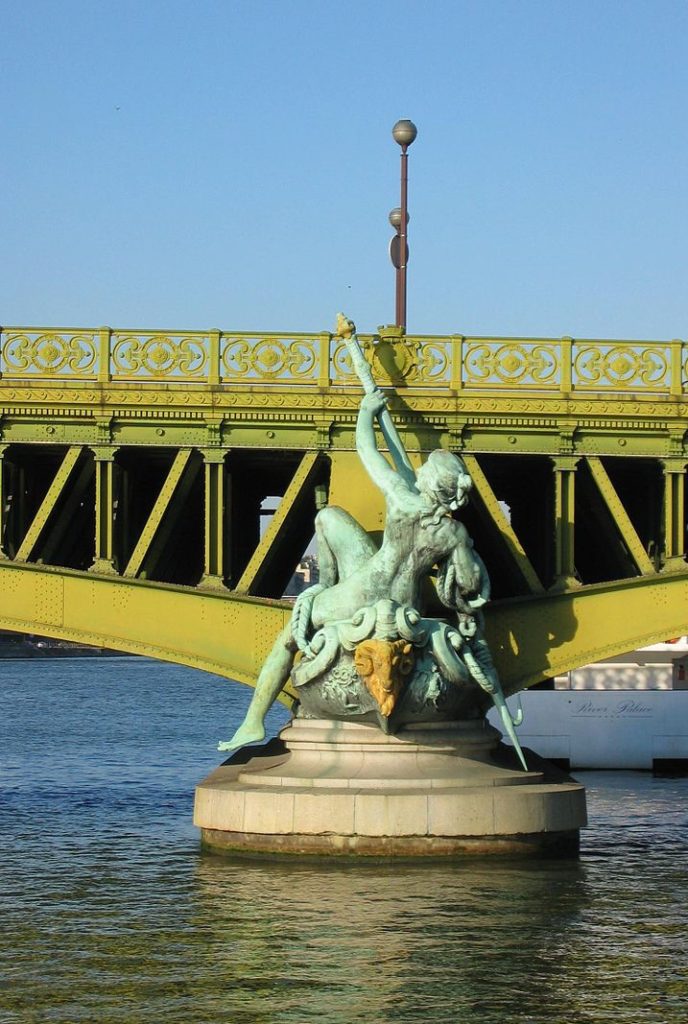
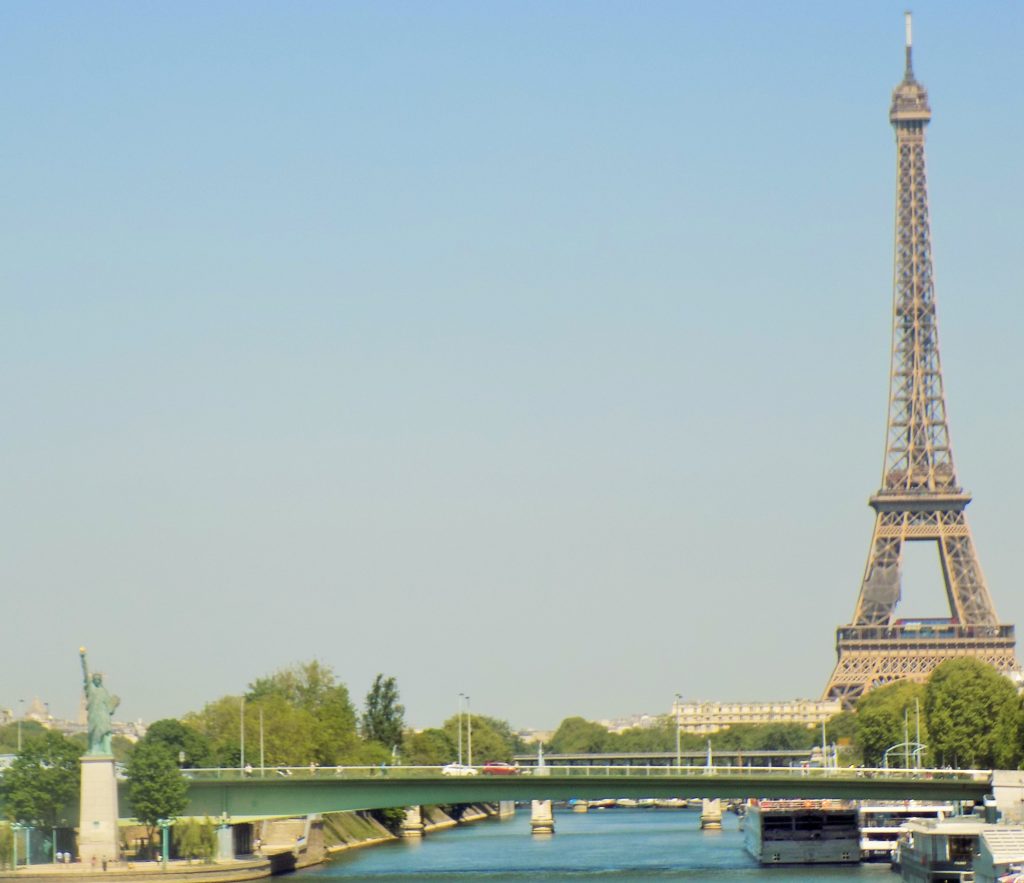
That was a full day, and a perfect ending to a lovely trip. As usual, you covered all the details fit to print. Enjoyed revisiting them, especially with the close-up sculpture photos.
Oddly enough, I think I recall that you ordered a what looked like very nice hunk of salmon.That it may not have impressed you could reflect how tired we were after our lonnng hike. (I seem to recall many, “Oh, it must be the NEXT bridge” exclamations, probably from my lips, as we kept looking for the bridge that didn’t seem to be labeled on our Paris map.) We just needed fuel before the concert.
Speaking of the concert, It was likely the first (and last?) time I’ve ever had armed protection (due to some potential riots) outside a venue I was at. It WAS an unforgettable experience. Really enjoyed the lovely music, the setting, and the easy trundle home.
There were a bunch of “next bridges”. That’s for sure.